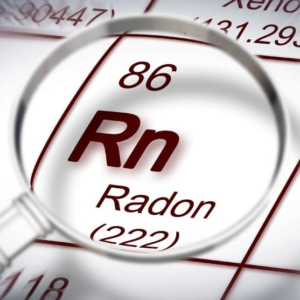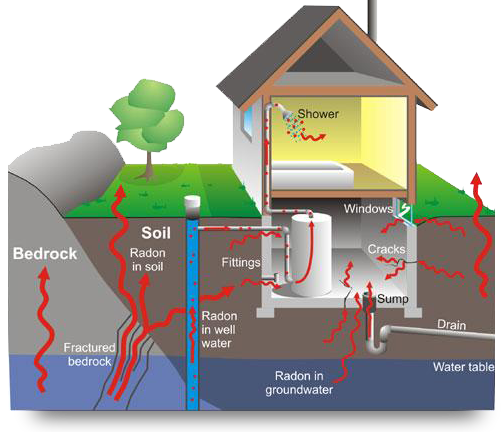Heat Recovery Ventilation Systems (HRV)
Another method of reducing radon levels is by dilution. Exhausting stale interior air while bringing in fresh air dilutes radon. As the half-life of radon is 3.8 days, there is a good chance it can be exhausted before it decays down to the more dangerous poloniums. While this method is generally not as effective as Active Soil Depressurization, it can be suitable for those wishing to lower levels slightly.
As more families try to maximize their living spaces, more time is spent in our basements. With the drive for energy efficiency sealing up buildings and homes, your can create an environment with little or no air movement. Installation of an HRV system makes sense in any home as the benefit of constant fresh air creates a healthier environment.
HRV systems should be balanced and maintained on a regular schedule. An unbalanced system can result in interior depressurization, drawing radon and other soil gasses into the home.
We offer specification, design, installation and maintenance of HRV systems to help mitigate indoor pollutants.













